Der Pulsdruck ist die Differenz zwischen systolischem und diastolischem Blutdruck und ist ein Messwert für die Elastizität der großen Blutgefäße. Sind die Gefäße weniger elastisch, fließt das Blut mit höherem Druck durch den Körper und der Pulsdruck erhöht sich.. Um die Druckschwankungen zwischen Systole und Diastole auszugleichen.. Der Pulsdruck bezeichnet die Differenz zwischen dem systolischen und diastolischen Blutdruck. Beispielsweise beträgt die Blutdruckamplitude bei einem Blutdruck von 120 mmHg systolisch zu 80 mmHg diastolisch 40 mmHg. So wird der Pulsdruck berechnet: Systolisch. -.

Universitätsklinikum des Saarlandes Anatomie und Funktion des Herzens

PPT Das Blut PowerPoint Presentation, free download ID1762069
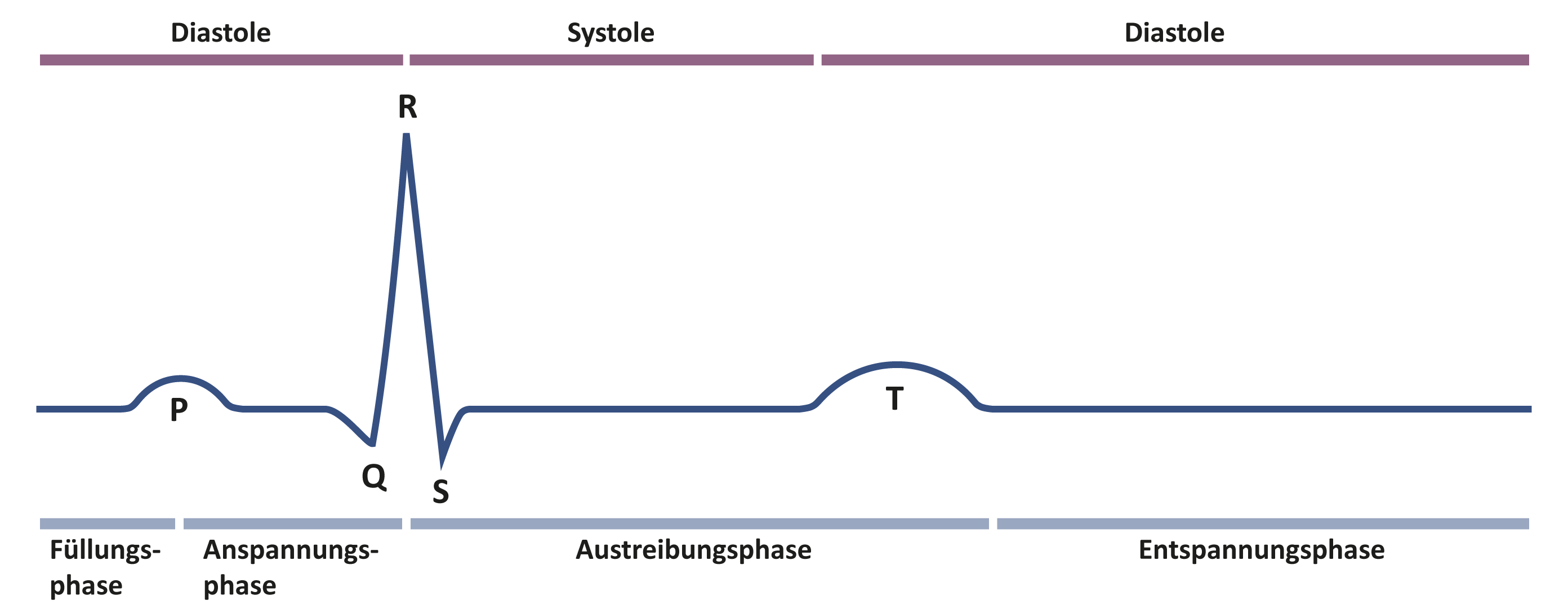
Systole und Diastole
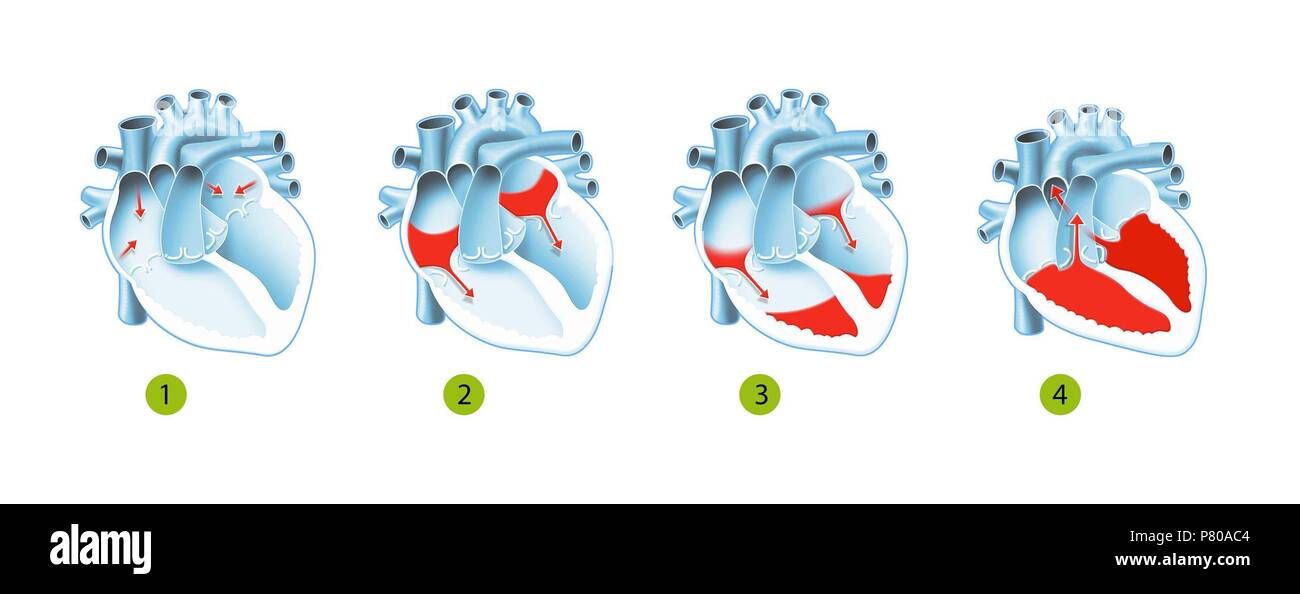
Systole und Diastole des Herzens Stockfotografie Alamy

Phasen des Herzzyklus Diastole, atriale Systole und atriale Diastole. Blutkreislauf durch das
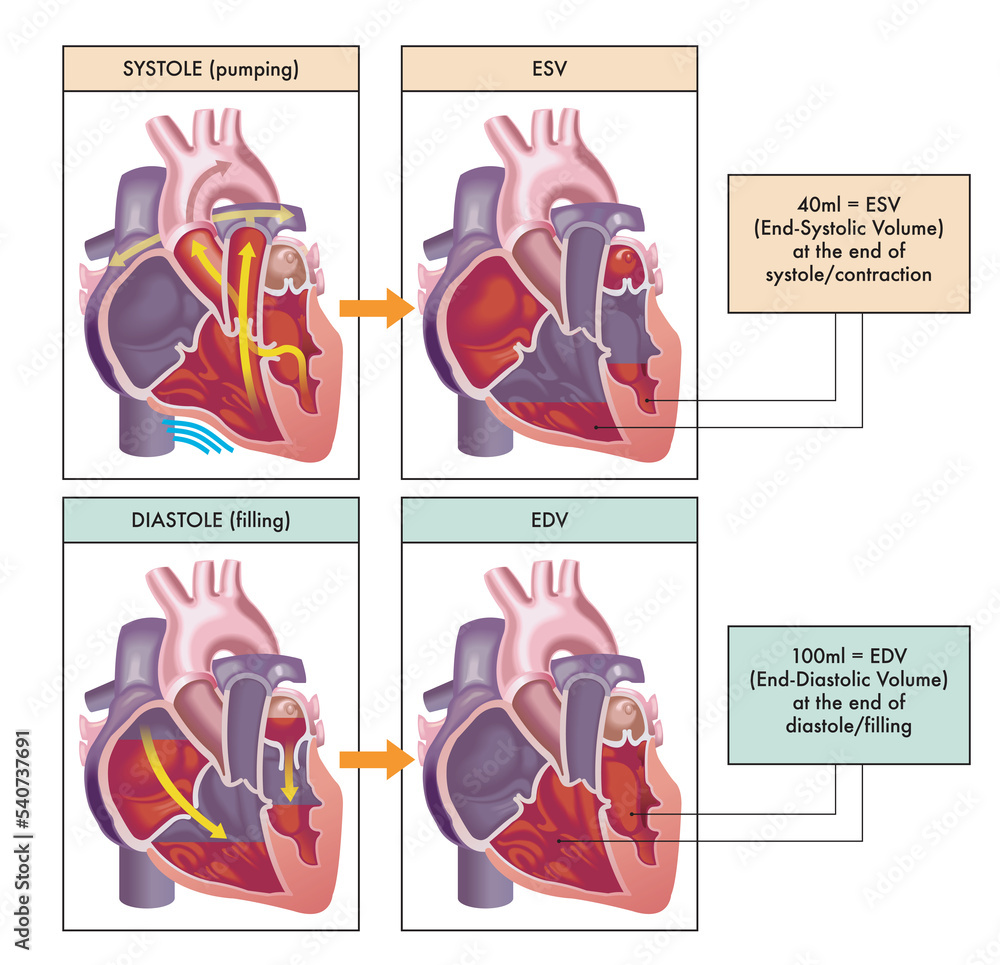
Medical illustration of the two main phases of the cardiac cycle, systole and diastole, with

Diastole Diagramme Infographique Systole Human Heart Montrant Comment Sang Remplit Vecteur par

Diastole Und Systole Der Anatomie Des Menschlichen Herzens Vektor Abbildung Illustration von

Systole vs. diastole The differences

Was Ist Die Diastole Handmadefed

Diastole vs Systole Human Heart YouTube

Phases of the cardiac cycle diastole, atrial systole and atrial diastole. Circulation of blood
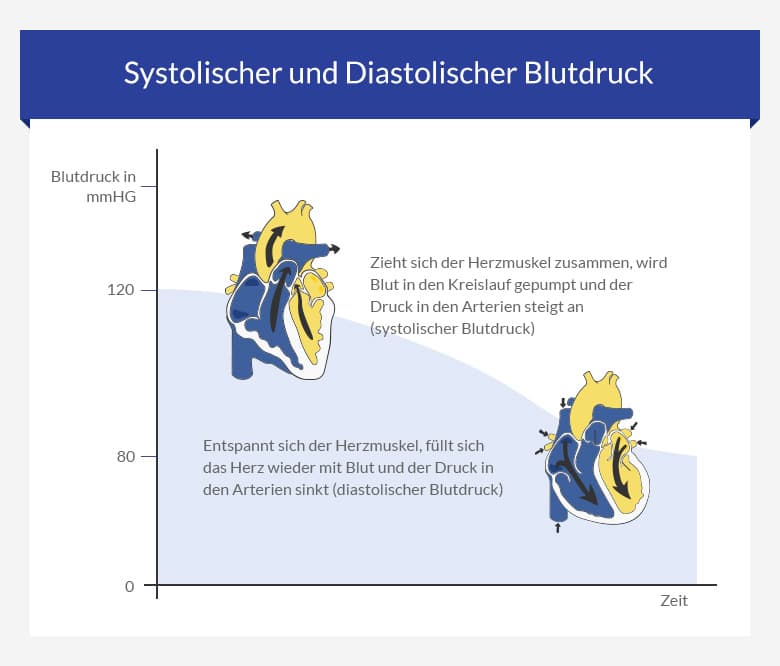
Was Ist Wenn Der Diastolische Wert Zu Hoch Ist Captions Pages

Herzphysiologie I Phasen des Herzzyklus I Srdjan Maksimovic YouTube

Herzzyklus Systole, Diastole und DruckVolumenDiagramm einfach erklärt YouTube

Diastole Systole Cardiac Cycle stockillustratie 1442461898 Shutterstock

Pumpfunktion herz systole und diastole Artofit

CARDIAC CYCLE Easiest explanation Atrial & Ventricular Systole and Diastole Medical
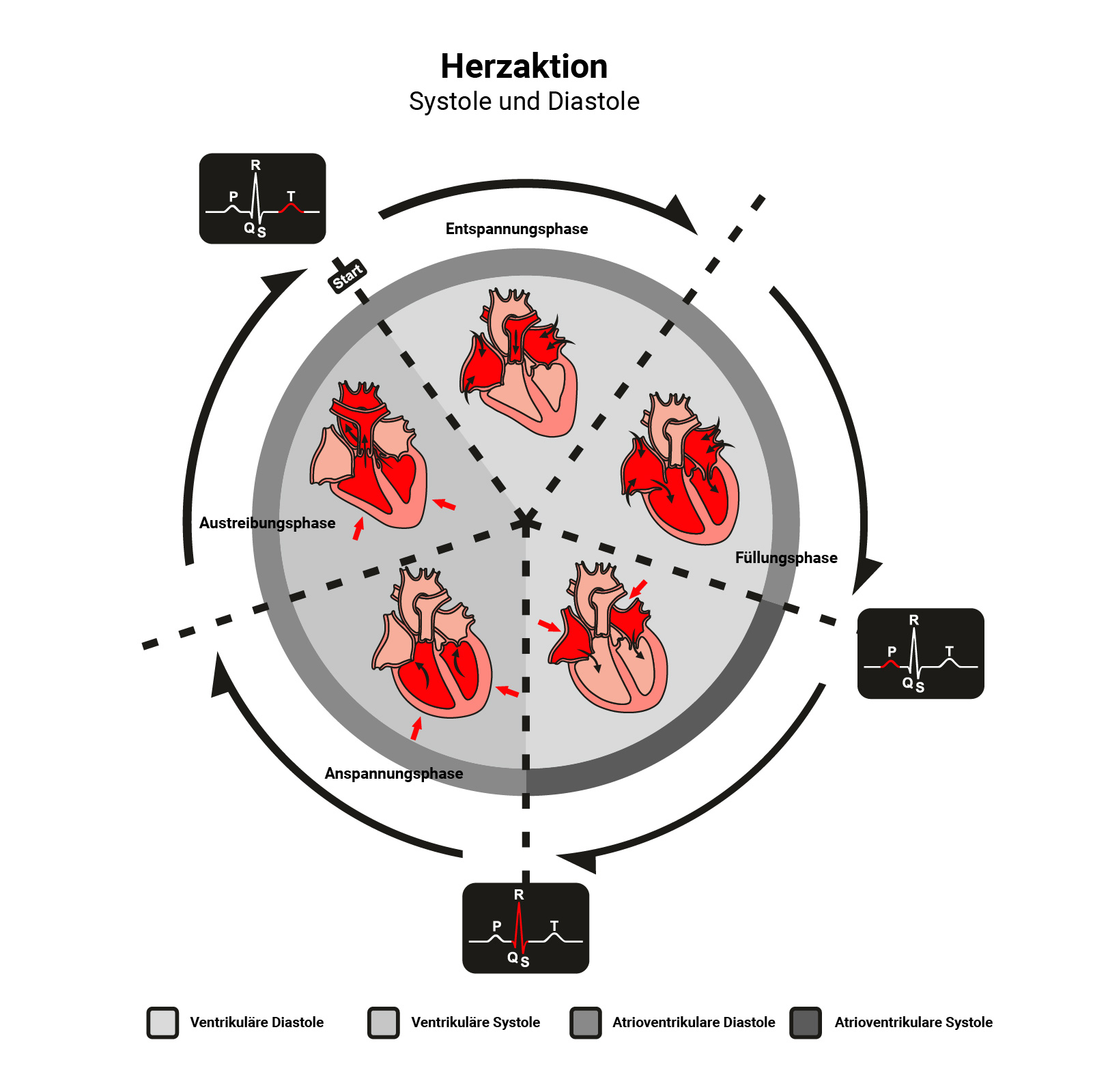
Pulsfrequenz Normalwerte & Messmethoden cosinuss°
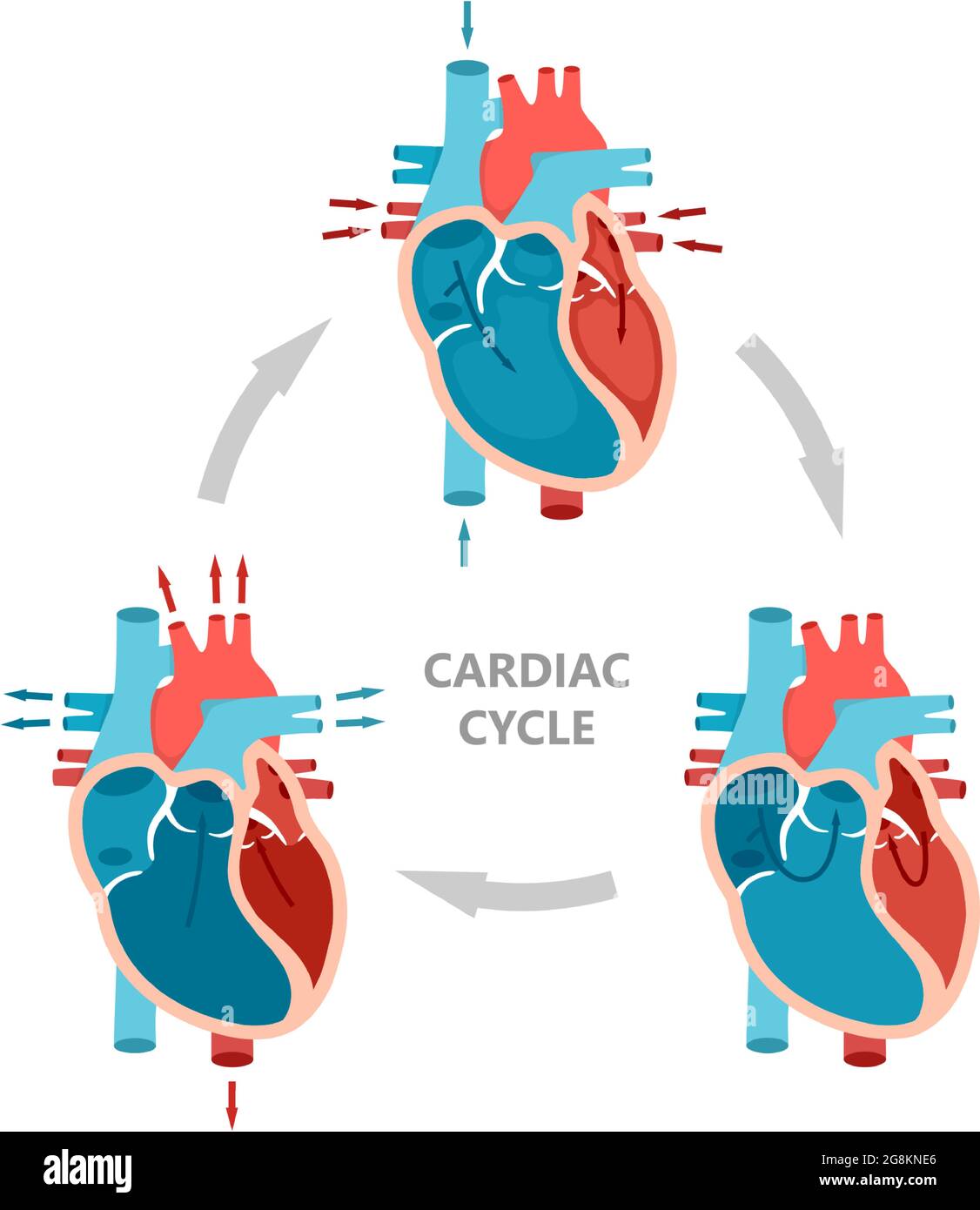
Phasen des Herzzyklus Diastole, atriale Systole und atriale Diastole. HerzAnatomiediagramm
28.02.2012, 12:53. Der normale systolische (also obere) Blutdruck ist der Druck in der Auswurfphase des Herzens und beträgt im Normalfall 100 - 130 mmHg. Der normale diastolische (also untere) Blutdruck ist der Druck in der Füllungsphase des Herzens und beträgt im Normalfall 60 - 85 mmHg. Die Differenz zwischen dem ersten und dem zweiten.. Pulsdruck (und mittlerer Arterialdruck), abhängig vom Gefäß. Als Pulsamplitude, Pulsdruck oder auch Blutdruckamplitude, bezeichnet man die Differenz zwischen dem Systolischen und Diastolischen Blutdruck. = Sie ist proportional zum Schlagvolumen und umgekehrt proportional zur Compliance (Dehnbarkeit) der Aorta.. Als Norm gelten Werte von 40 mmHg - 65 mmHg in Ruhe.